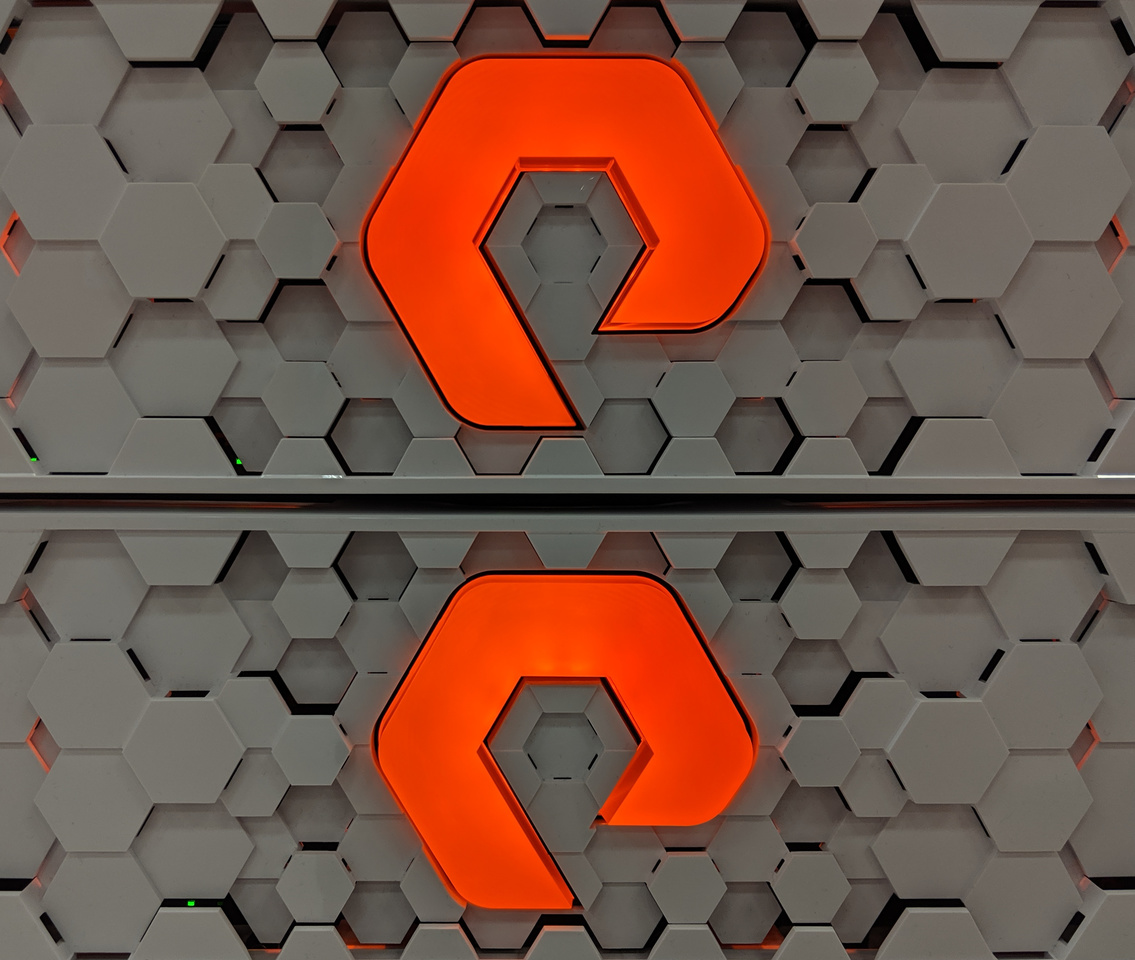Pure Storage Extends TAM with New Capacity Optimised Array

Pure Storage recently launched its new capacity-optimised FlashArray//C product, which extends Pure's reach down-market a little to workloads that require a lot of data and alsoneed low-latency performance. Think time-sensitive workloads that would traditionally sit on tier-2 storage, such as hybrid arrays.
It allows Pure to use the same message that made its all-flash storage popular in the first place: Why compromise with a mix of RAM, flash, and spinning disk when you could simply choose all-flash? If you can get the predictable low-latency performance of all-flash at roughly the same price as a blend of technologies, why wouldn't you?
This makes the //C a good fit for a range of workloads that aren't Big Data or machine learning (which are better suited for the FlashBlade platform due to their use of file or object access protocols, not block) such as test/dev in heavily automated environments. If you're pushing code to production multiple times a day, and need to run it through a set of automated tests and security scans, you don't want much friction in that pipeline.
The capacity of the //C also makes it suitable for consolidation platforms, like vSphere, particularly with the predictable performance of all-flash. Hybrid arrays that use a mix of spinning disk and flash caching (or memory) are often used for these workloads, but they can have unpredictable performance if the working set moves outside of the hot data sitting in cache.
Troubleshooting performance problems on these systems can be quite complex, and the skilled engineers required to do it are expensive. Simply making the problem go away by moving to all-flash can look like a good deal to IT leaders who are tired of being asked to explain poor performance to their peers in other parts of the business.
The FlashArray//C is based on quad-level cell (QLC) Flash where each flash cell supports four bit voltage levels, providing twice as much storage capacity as triple-level, three bit cells. The deep weirdness of how flash works means QLC flash is less stable—and therefore ‘wears out' faster—than triple-level cell (TLC) flash. But for the capacity workloads the array is designed for, most activity is reads, not writes, so the lifespan of the arrays will align nicely with the workloads it is designed for.
There is some risk that customers may attempt to use the FlashArray//C for workloads better suited to the FlashArray//X, but I think this risk is minimal. Pure has deliberately designed the array to have capacity-oriented latency of 2-4ms instead of the sub-millisecond latency of the //X, and the minimum capacity for purchase means an //X is more economical if you actually need low-latency for a smaller dataset.
It highlights how important the non-technical aspects of product design are, and shows that Pure has thought things through quite carefully. The risk of cannibalising sales of other Pure products is minimal, but the threat to competitor hybrid block-storage array sales is substantial.
I expect the FlashArray//C to sell well, and we'll be keeping an eye on how the product does in the coming months.
Pure Storage is a PivotNine client.